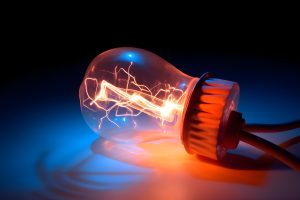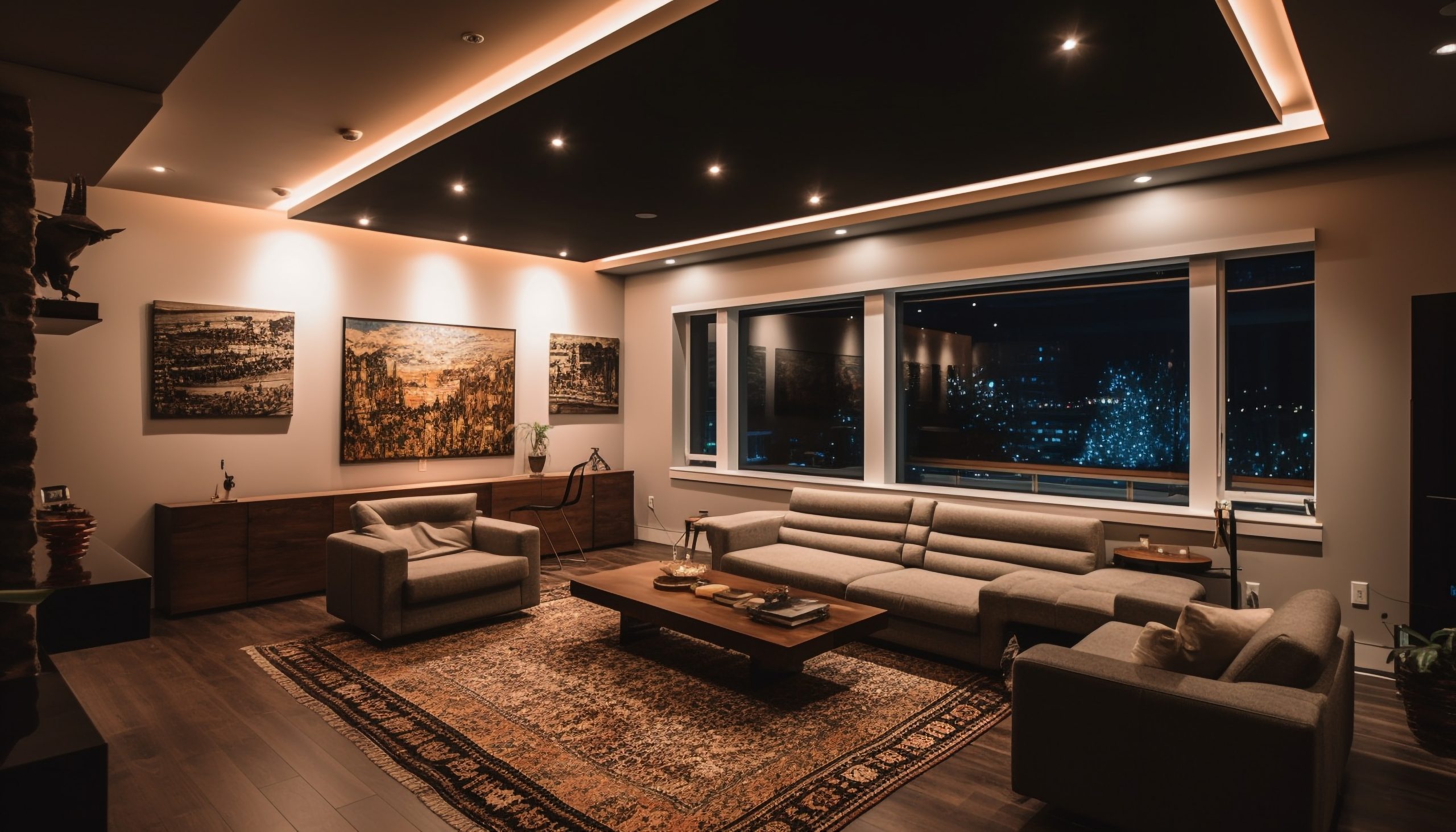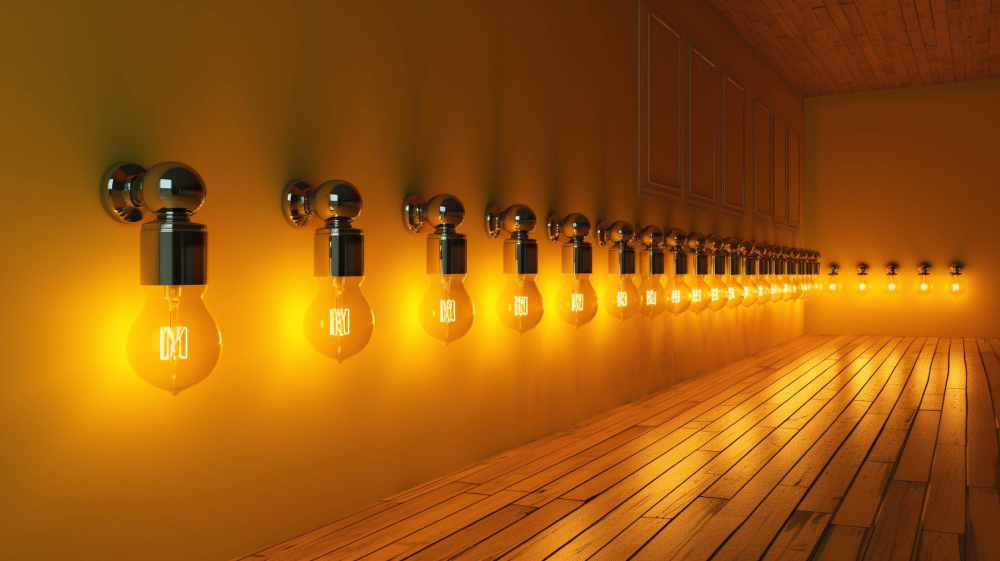The future of lighting: AI-integrated and Sustainable
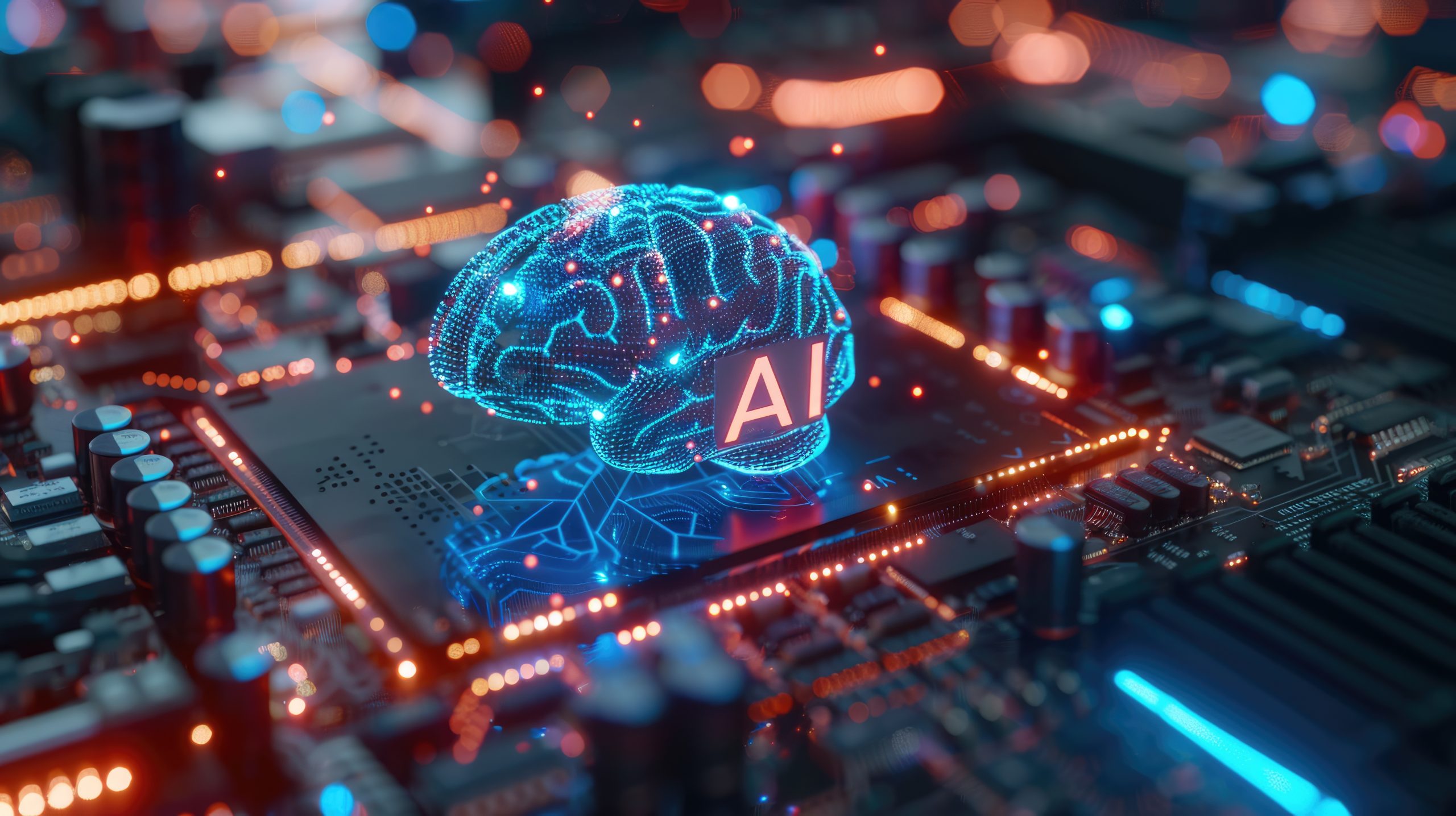
Lighting plays a pivotal role in our daily lives, influencing our mood, productivity, and overall well-being. From the natural light that governs our everyday life to the artificial lighting that illuminates our homes, workplaces, and public spaces, the quality and type of lighting can have a profound impact on our lives. As urbanization continues to expand and technology becomes increasingly integrated into our daily lives, the demand for effective and intelligent lighting solutions has never been greater.
Artificial Intelligence (AI) is revolutionizing various industries, and the lighting sector is no exception. AI-integrated lighting solutions utilize advanced algorithms and sensors to adapt and optimize lighting conditions in real-time based on environmental factors, user preferences, and usage patterns. This intelligent control allows for a more personalized and responsive lighting experience, enhancing user comfort and energy efficiency. Whether it’s adjusting the color temperature and brightness to mimic natural light or optimizing energy consumption based on occupancy and usage, AI brings a new level of intelligence and adaptability to lighting solutions.
With increasing awareness of environmental issues and the need for energy conservation, sustainable and energy-efficient lighting solutions have become a priority for individuals, businesses, and governments alike. Traditional lighting technologies, such as incandescent and fluorescent bulbs, are being replaced by more energy-efficient LED lighting, which consumes significantly less energy and has a longer lifespan. When combined with AI-integrated control systems, these LED lighting solutions can achieve even greater energy savings by adjusting lighting levels and patterns based on real-time data and user behavior.
The Evolution of Lighting Technology
- Incandescent Bulbs – energy inefficiency, short lifespan & adverse environmental impact.
- Fluorescent Tubes – better energy efficiency, longer lifespan, harsh lighting quality & environmental concerns.
- Emergence of LEDs – LEDs, or Light Emitting Diodes, are semiconductor devices that produce light when an electrical current passes through them. LEDs have revolutionized the lighting industry with their numerous advantages over traditional lighting solutions.
- Energy Efficiency – LEDs are extremely energy-efficient, converting approximately 80% of the energy they consume into visible light.
- Longevity – LED bulbs have a much longer lifespan compared to incandescent and fluorescent bulbs, with an average lifespan of 25,000 to 50,000 hours or even more.
- Design Flexibility – LEDs come in various shapes, sizes, and colors, offering design flexibility for different lighting applications.
- Environmental Benefits – LEDs are eco-friendly as they do not contain harmful substances and also contribute to reducing carbon emissions.
- Durability – LEDs are durable and resistant to shocks, vibrations, and external impacts, making them ideal for both indoor and outdoor applications.
- Instant Lighting and Flicker-Free – LEDs light up instantly and do not produce the flickering effect commonly associated with fluorescent lighting, providing better visual comfort and reducing eye strain.
AI-integrated Lighting
AI integration in lighting solutions utilize sensors, data analytics, and machine learning algorithms to adjust lighting conditions in real-time based on various factors such as natural light, human presence, and user preferences.
- Sensors: Modern AI integrated lighting systems are equipped with various sensors including motion sensors, ambient light sensors, and occupancy sensors. These sensors collect data about the environment and user behavior, providing valuable insights to the AI system.
- Data Collection: The collected data is analyzed by the AI system to make informed decisions about the lighting conditions. Machine learning algorithms process the data to understand patterns, preferences, and usage habits, enabling the system to optimize lighting settings for energy efficiency, comfort, and functionality.
Key Features of AI Lighting
Adaptive Lighting – One of the most significant advantages of AI integrated lighting is its ability to adapt to natural light and human presence, creating an optimal lighting environment at all times.
- Natural Light Integration: AI systems can adjust the artificial lighting in response to the available natural light, ensuring consistent light levels and minimizing energy consumption. For example, during daylight hours, the system can reduce the intensity of artificial lighting in areas with ample natural light.
- Human Presence Detection: Motion and occupancy sensors enable the system to detect human presence in the vicinity. The AI system can adjust the lighting levels based on the presence or absence of people, ensuring that lights are only on when needed, thereby conserving energy and reducing costs.
Energy Optimization – AI integrated lighting systems are designed to optimize energy consumption by analyzing usage patterns and adjusting lighting settings accordingly.
- Usage Pattern Analysis: Machine learning algorithms analyze historical data and usage patterns to predict lighting needs at different times of the day and in various areas of a building or space. This enables the system to proactively adjust lighting levels to meet actual requirements, reducing unnecessary energy consumption.
- Dynamic Lighting Control: AI systems can dynamically control individual light fixtures or groups of fixtures based on real-time data and user preferences. For instance, lights can be dimmed or turned off in unoccupied areas or during periods of inactivity, leading to significant energy savings.
Remote Control and Smart Scheduling – AI integrated lighting systems often come with remote control and smart scheduling features, allowing users to manage and control their lighting settings effortlessly.
- Remote Control: Users can remotely control their lighting systems using smartphones, tablets, or computers. This feature provides flexibility and convenience, enabling users to adjust lighting settings, create custom lighting scenarios, and monitor energy usage from anywhere.
- Smart Scheduling: AI systems enable users to create customized lighting schedules based on their daily routines and preferences. Lights can be programmed to turn on or off at specific times or adjust their intensity throughout the day, enhancing comfort and convenience while maximizing energy efficiency.
The Advantages of AI Integrated Lighting
Energy Efficiency – One of the most compelling advantages of AI integrated lighting is its ability to make real-time adjustments to minimize energy waste. The energy-saving potential of AI integrated lighting is substantial. Studies have shown that AI-controlled lighting systems can reduce energy consumption by up to 50% compared to traditional lighting systems. This not only leads to lower electricity bills but also contributes to a reduction in greenhouse gas emissions, making AI integrated lighting a key player in the fight against climate change.
Enhanced User Experience – AI integrated lighting systems have the ability to create personalized lighting solutions based on user preferences. Optimal lighting conditions have been shown to have a significant impact on human well-being and productivity. Studies have shown that exposure to natural or simulated natural light can improve mood, reduce fatigue, and increase alertness and productivity.
Cost Savings – While the initial investment in AI integrated lighting systems may be higher than traditional lighting solutions, the long-term financial benefits are significant. The energy savings achieved through AI-controlled lighting can result in lower electricity bills and reduced maintenance costs. Moreover, the longer lifespan of LED bulbs used in AI integrated lighting systems means less frequent replacements and maintenance, further contributing to cost savings over time.
More News
Transform Retail Spaces with LED Lighting for a better experience
In today’s competitive retail landscape, the importance of creating an engaging and appealing environment cannot be overstated. The modern consumer seeks not…View More
Govt initiatives & collaborations in LED & smart lighting
In modern urbanisation and environmental consciousness, the evolution towards energy-efficient lighting solutions stands as a beacon of progress. LED (Light Emitting Diode)…View More
Navigating the Diverse Landscape of Lighting Solutions
From residential spaces to commercial establishments, and from healthcare facilities to outdoor landscapes, lighting plays a crucial role in shaping our environments…View More
LED Explosion-Proof Lighting for Hazardous Areas
In the dynamic arena of industrial operations, safety considerations become paramount, particularly in environments where the risk of explosions is an ever-present…View More
Led Lighting for a Greener Future: Environmental Benefits
In recent years, Light Emitting Diodes (LEDs) have emerged as a turning point in the lighting industry, modernizing energy consumption and contributing…View More
Download
Recent Posts
Show Countdown
LED Expo Thailand
- days
- Hours
- Minutes
- Seconds
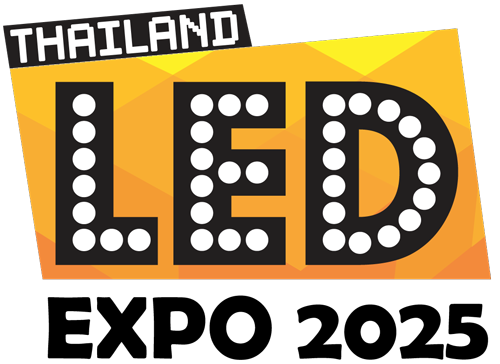
 ไทย
ไทย
 中文
中文

